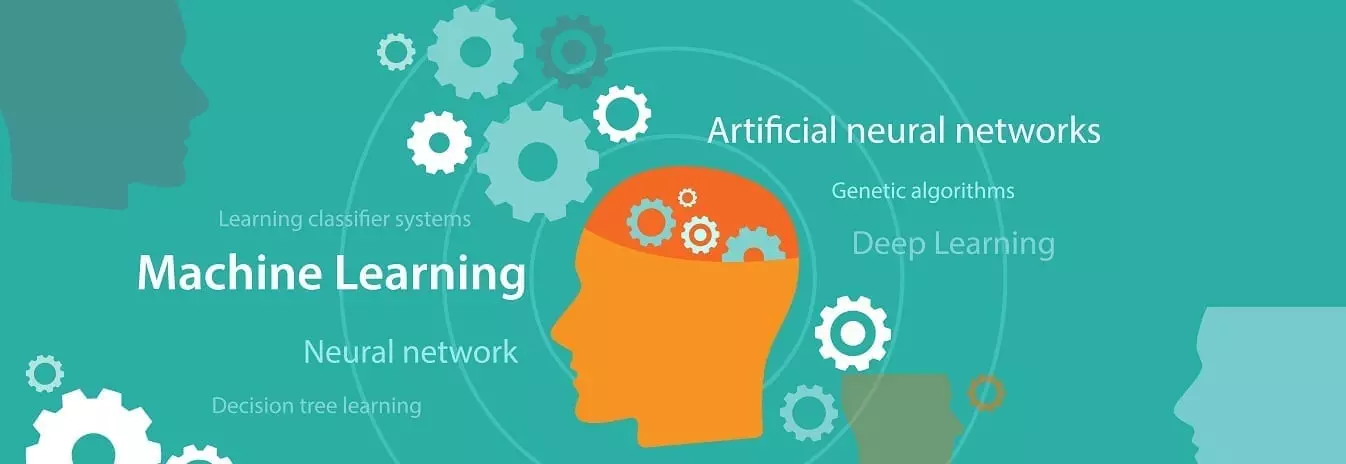
With most innovative technologies, at some point in the solution evolution there’s a tipping point from “this is cool” to “there are real business outcomes to gain.” We are now seeing that shift with artificial intelligence (AI) and machine learning (ML), especially in three major use case patterns:
1. Customer care

When it comes to customer care, many companies face a similar set of challenges: Customer service representatives (CSRs) typically need to view multiple windows on multiple screens to find answers to a caller’s questions. This results in calls taking a long time to handle, frustrated customers, lower CSR productivity and overall poor customer satisfaction.
AI and ML can help change these outcomes. One insurance customer implemented AI and ML to transform its contact center, which responds to approximately 5 million voice calls per year. It also introduced an intelligent voice agent to respond directly to 50-70% of all customer inquiries. The power of AI and ML extended and enhanced the customer experience and the productivity of CSRs, who are now able to deliver more accurate and consistent answers, at lower cost and greater speed. As a result, we have also seen reduced attrition, as the CSRs are happier in their roles and require less training time to become self-sufficient. Overall, by using AI and ML, the contact center is able to provide a high level of customer service, enhanced customer satisfaction and more efficient engagement.
In another example, a customer service center handling 60M service requests per year is implementing AI “smart chat” to transform customer service, drive better quality, improve consistency and lower costs.
The transformation of an operation as complex as a customer call center is a multi-step journey:
- Organizing and visualizing the data required to support typical workflows is a critical early step and can include authenticating/validating the caller, providing easy access to the data from different back end systems, initiating transactions and closing out the call.
- A second step adds natural language processing (NLP) to allow the CSR to ask more complex questions. NLP uses a trained ML model to determine the most likely answers from a collection of large, unstructured documents.
- A third step includes self-service for external callers, using voice and natural language to respond directly to client inquiries without requiring interaction with a CSR.
While the steps themselves remain the same, the sequencing may vary to align to the specific outcomes the organization desires.
2. Human capital management

By applying cognitive capabilities to human resources, companies are able to transform their human capital management (HCM) processes.
One valuable use case improves the employee experience by leveraging intelligent natural language conversation services to integrate data in operational HR data systems, such as Workday, and in knowledge management systems that explain policies, procedures and guidelines. Benefits include improved employee engagement, higher productivity and lower costs.
Other potential HCM use cases that are ripe for AI and ML include recruiting, selection and on-boarding of candidates. AI and ML models are already being used to help analyze and match job descriptions and candidate resumes, and to recommend potential jobs for existing employees.
3. Process rethinking/reimagination

There are also multiple examples of leveraging AI and ML for rethinking and reimagining processes.
In one example, an insurance company reduced claim settlement time and costs by incorporating AI and ML to improve First Notice of Loss (FNOL) initiation and data collection, as well as claim classification/assignment processes.
Companies can improve the speed and accuracy of FNOL by enabling claimant self-service using natural language voice/chat to initiate a claim. They can integrate external data sources such as weather and employ a fraud scoring model to facilitate claim classification and corresponding assignment to the correct processing alternative. Processing alternatives can include:
- Straight-through processing without human involvement
- Sending appropriate claims to the legal department for potential early intervention to reduce lawsuits
- Rejecting claims because the deductible is higher than the claim
- Assigning claims to a human analyst/adjustor
Predictive modeling to triage injured worker claims has been developed and applied to help determine “return to work” outcomes, along with typical treatment plans for various types of injuries (NOT replacing doctors) and estimated treatment costs. This technique optimizes case manager resource assignment and helps injured workers get back to work, improving service quality and lowering costs.
Applying an ML model to extract information from unstructured documents and forms helps to provide insights from previously unanalyzed sources. This capability works by accelerating processing of information buried in those large unstructured documents and drives new insights, lowers costs and improves processing efficiency.
In a fourth example, Anteelo is automating the underwriting process for home inspection to lower costs and improve scalability and overall quality. This use case applies visual recognition to highlight details in home inspection photos and use those details to consult the underwriting guidelines and then augment the underwriting decision.
As you can see from these use cases, the ability to improve the customer experience and gain operational efficiencies through AI and ML are real and very achievable. What other use cases can you think of for your industry? I’d love to hear your thoughts!






